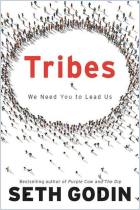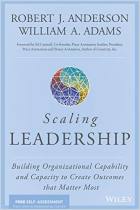
Tribal Leadership
Leveraging Natural Groups to Build a Thriving Organization
ISBN: 9780061251306
Pages: 297
Recommendation
Tribes naturally form within organizations. Wherever people gather to live and work, groups of between 20 and 150 members coalesce – parallel to villages within nations – and progress through five stages of development. Culture consultants David Logan and John King, writing with physician Halee Fischer-Wright, teach you how tribes and proficient tribal leadership can help you work and play well with others and bolster your career. The authors conducted extensive research on corporate tribes and interviewed many business leaders about the five-stage evolution of tribes within their organizations. Though the report seems somewhat less concrete in identifying exactly how people coalesce to form tribes, it makes for accessible reading, certainly compared to most organizational sociology. getAbstract finds that this exploration of tribes and teams can open readers’ eyes to the way people function within groups. Managers will find it revelatory, as will all those who can succeed only by working and playing well with others.
Summary
About the Authors
Dave Logan and John King founded CultureSync, a consulting company. Logan teaches at the University of Southern California. King lectures internationally. CultureSync partner Halee Fischer-Wright, a physician, teaches at the University of Colorado School of Medicine.


















Comment on this summary or Démarrer une discussion